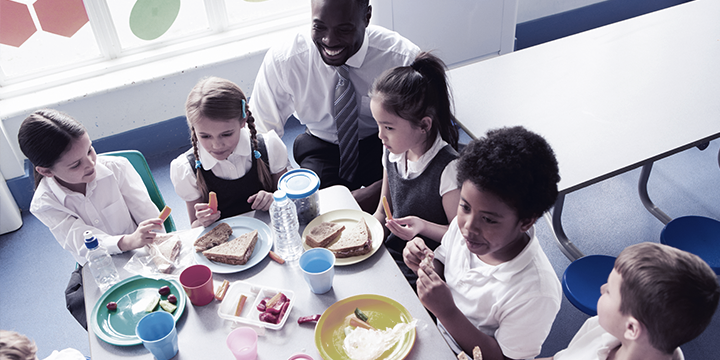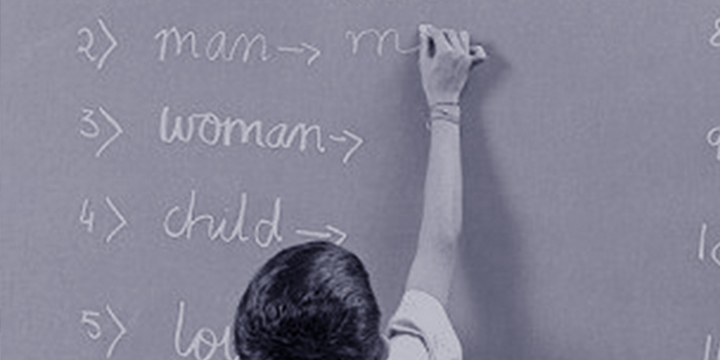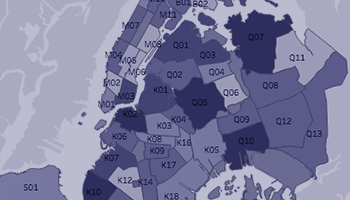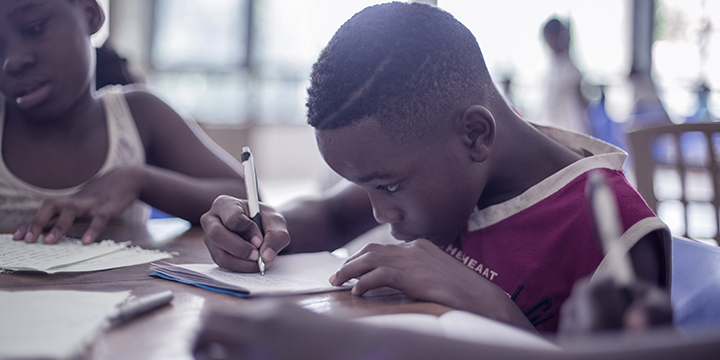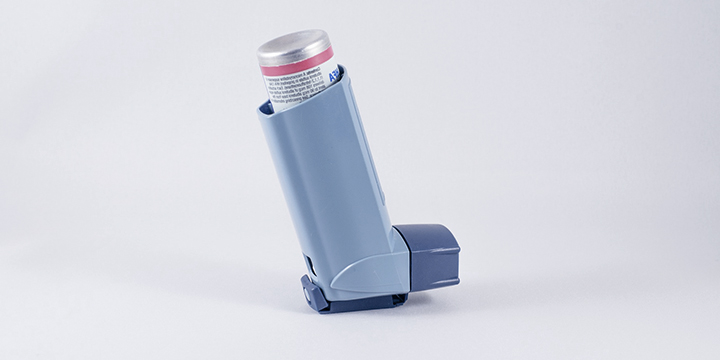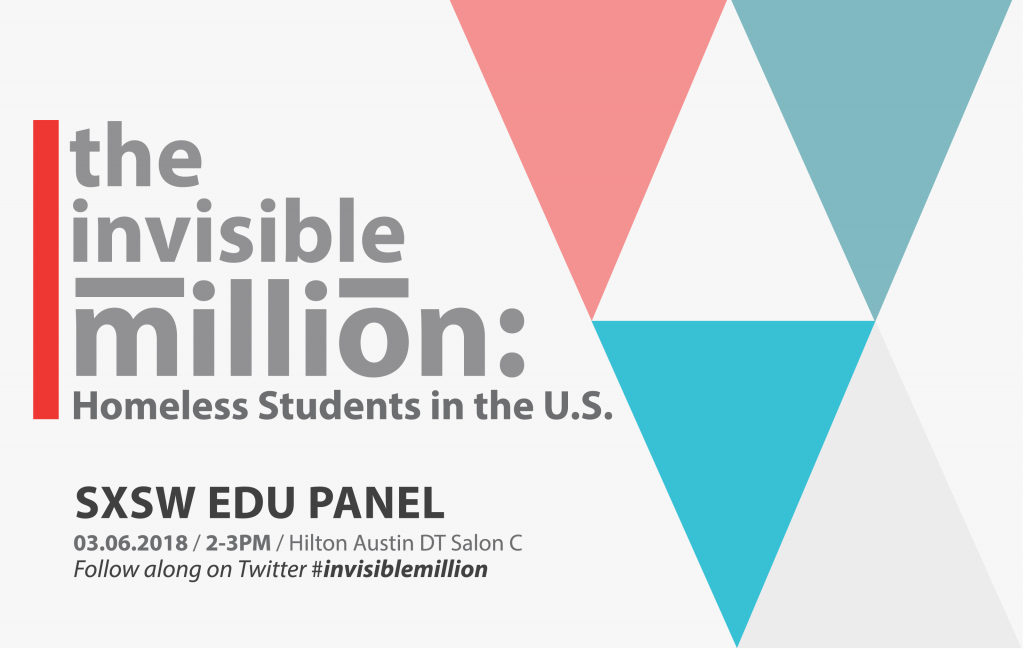What We Heard From Survey Responses During Hunger & Homelessness Awareness Week By Katie Linek Puello During Hunger and Homelessness Awareness Week, ICPH asked for your perspectives on child and family homelessness. We heard from those who work in education, homeless services, government, advocacy, research, faith and community organizations, and concerned citizens about the needs…
Your Perspectives on Child and Family Homelessness
